|
|
 |
|||
|
Classical Japanese dance, what we refer to today as Nihon buyo, has a rich historical background. Known for its refined movements, its emotional expression, and its symbolic gestures. Nihon buyo emerged in ancient times as an element of religious ceremony, and has developed over the centuries in close conjunction with various genres of vocal and theatrical art and out of the various dance traditions present in Japan. The beginnings of Japanese dance have it’s roots in ancient mythology. It is said that thousands of years ago, Amaterasu-Omikami, the goddess of the sun, became horrified with the violence and greediness on the earth and so hid herself in a rock cave. An eternal darkness followed, and all activities had to be gone about in the night or with artificial lights. The other gods were annoyed with this situation, so they schemed to get Amaterasu-Omikami back. Thus, a council of gods gathered outside her cave and performed a religious dance and celebration. Amaterasu-Omikami was intrigued by the sounds of joy coming from a world all in darkness, so she opened the cave door a slight bit in order to peek out. As she did so, some of her light spilled out into the world. The gods present at the dance were then able to coax her out of the cave to take her place within the celebration. It is believed that at this moment, the first Japanese dance took place. The original form of "Nihon buyo" is recorded in Japan's oldest history book "Kojiki" which was completed in the year 712. It describes how a goddess "Amenouzume-no-mikoto" devoted herself to dancing; she put grass on her dress and hair for decorations, clasped a bundle of bamboo leaves in her hand, and stamped her feet on a large pail. Similar stage props and style of beating rhythm with feet are still used in today's nihon buyo. This verifies that nihon buyo has its origin in the ancient times. It was, however, only a starting point, and there has been a long process of development in nihon buyo at different stages. Religious dances became popular in Japan during the 7th and 8th Centuries , when “Gigaku” and “Bugaku” were introduced from China and Korea. Eventually, “Gigaku” became a minor form while “Bugaku”, which had combined elements from India, China and other Asian countries, became a major art form performed with the accompaniment of a full scale orchestra using wind, string and percussion instruments. “Bugaku” had tremendous influence on traditional Japanese dance and is still performed today. At the start of 14th century, these artistic performances were integrated and the musical drama “Noh” of “Sarugaku” was created. This is the origin of the “Noh”, which continues to exist today. “Noh” is a music and dance drama with performers wearing masks. Stories are expressed through dialogues and dance movements with the accompaniment of the “fue” (flute), “Ko-tsuzumi” (shoulder drum), “o-tsuzumi” (knee-drum) and “taiko” (flat drum). “Noh” was enjoyed by the nobility and warrior class while dance forms called “nenbutsuodori” and “furyu odori” were popular among the common people. The latter were dynamic and rhythmical mass dances which were performed mainly with leaping steps. Wild dancing was devised to release the anxieties of the civil wars during the 15th and 16th centuries. At the start of 17th century, when the civil wars ended, an itinerant female dancer named “Izumo-no-Okuni” integrated these mass dances with popular customs of the city to create and perform “Kabuki Odori” with her troupe. She performed on stage what was called "nenbutsu odori”¯ in local Kyoto (a primitive kind of dance in which dancers jumped about to the rhythm of the accompanying bell). Flutes and drums were used for the accompaniment, and the base of nihon buyo as performing arts was established in this era.The first so called “stage” was a dry riverbed in Kyoto. The word “kabuki odori” was derived from an obsolete verb, “kabuku” meaning “to lose one’s balance” or the “latest fashion”. In the early stages, “Kabuki odori” was a revue-type of lively entertainment where female dancers performed in striking ultra modern costumes. Women were soon forbidden to appear on stage as it had a demoralizing effect upon the audience. The dance of “Oyama” (male actors who impersonate women characters in Kabuki plays) was introduced at this time. During this time, dance techniques changed from symbolic movements to more realistic movements to express the meaning of the stories behind the dances. Different devices were implemented around this time to make stage costumes look as gorgeous as possible. This type of “kabuki odori” became popular at theaters in Edo (today’s Tokyo), Kyoto and Osaka. Subsequently, different schools were founded when dance was abstracted from Kabuki as a separate art form, and since then, each of them has been training their students to nurture the talents. The 5 major Nihon buyo schools of Nishikawa (1700), Fujima (1704), Bando(1775), Hanayagi (1849), and Wakayagi(1893) have handed down and developed further their traditions as pioneers. Including new smaller schools added in modern times, they have created and performed various works of "classical buyo" and "suodori buyo (dance without wearing special costumes and make up). Since early 20th century, "sosaku (original work) buyo" gradually came to be performed.
|
|||
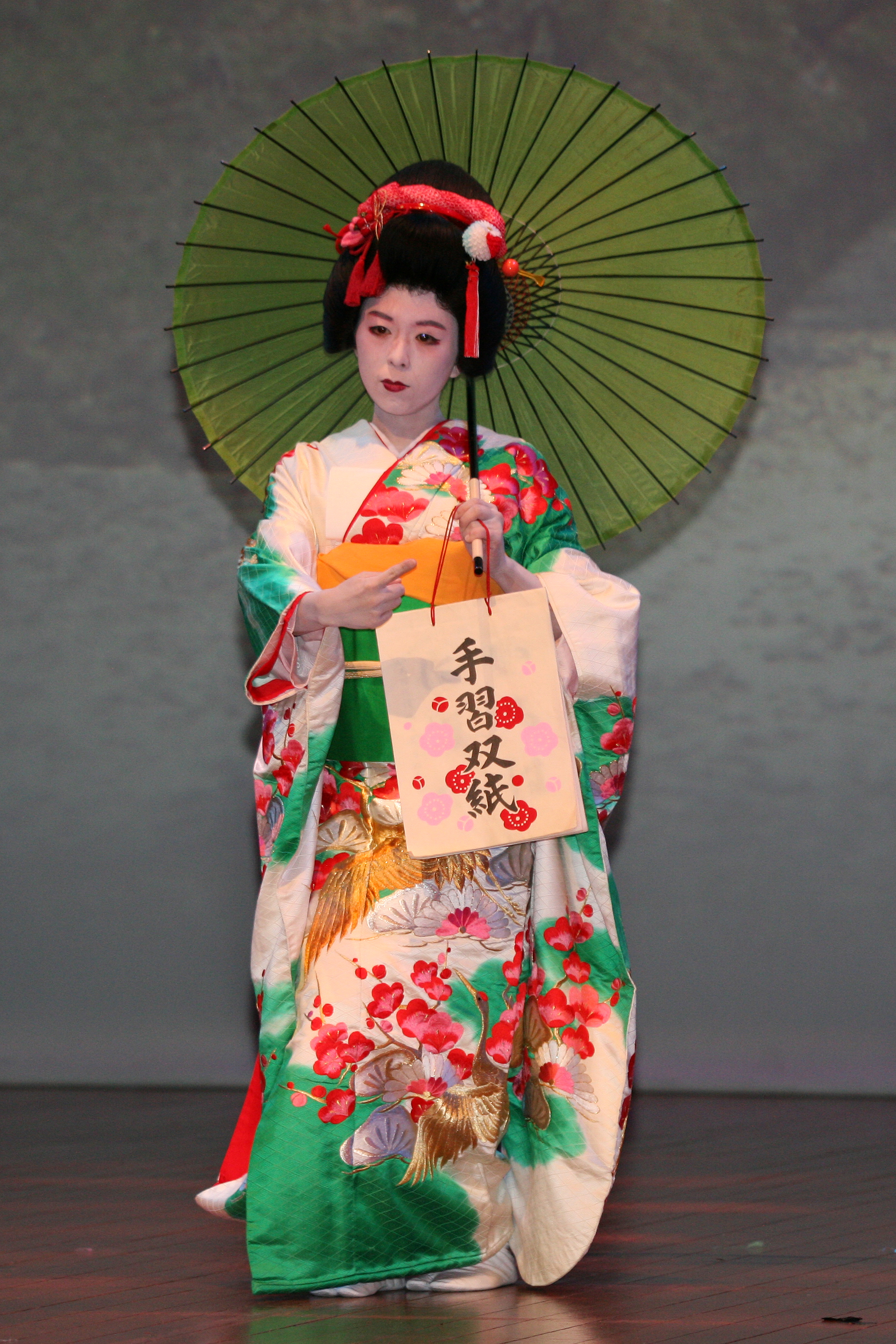 |
||||||||
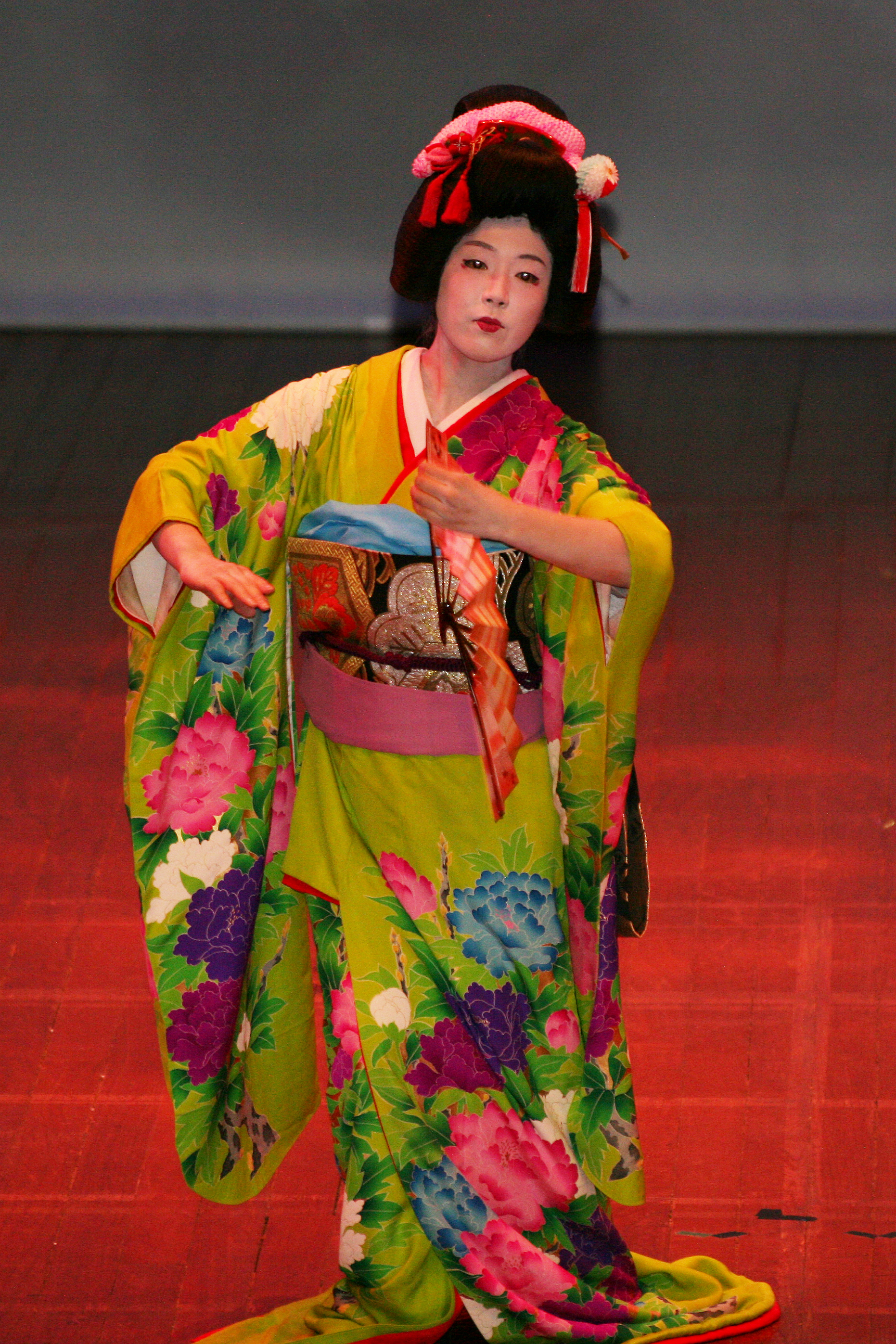 |
||||||||
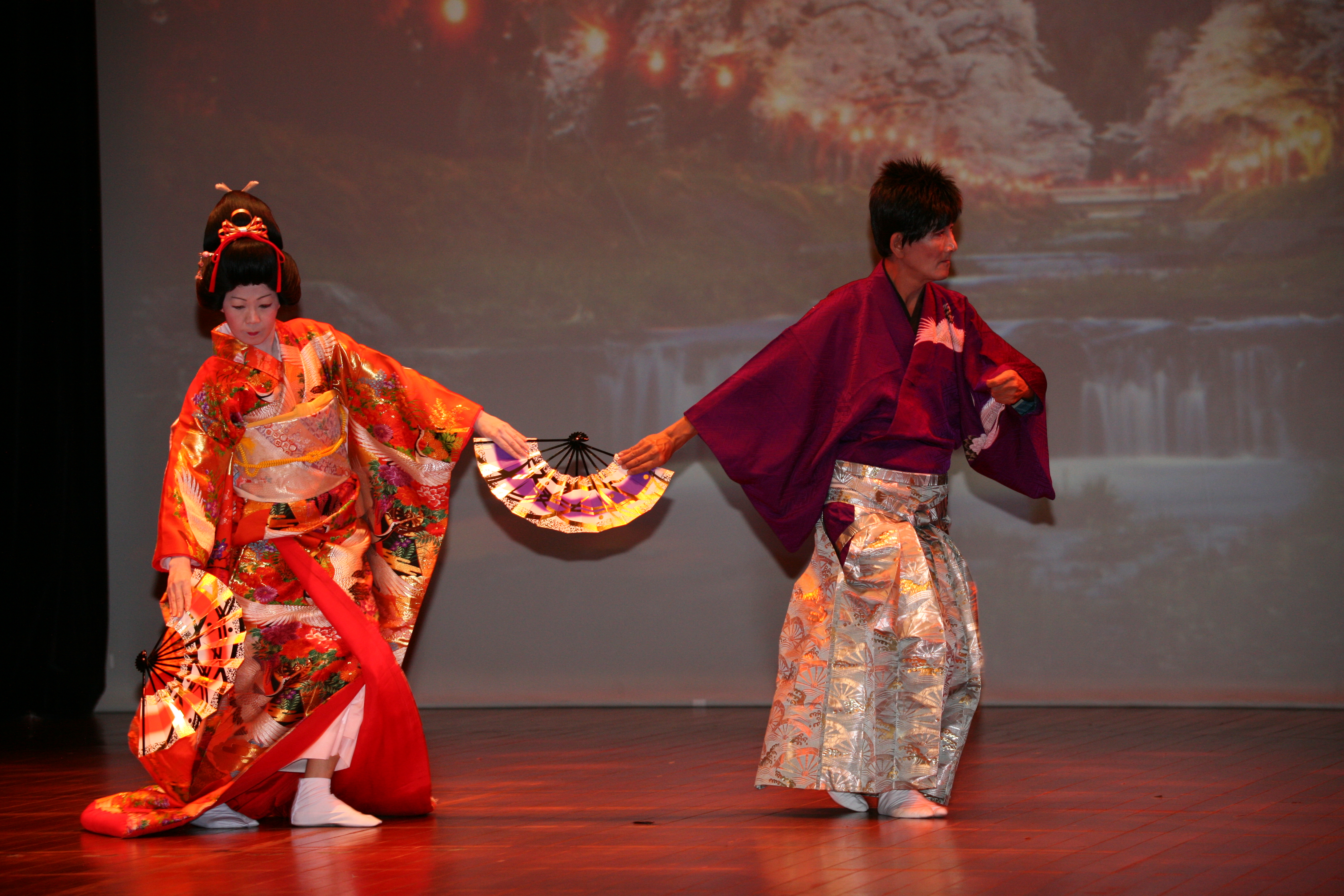 |
||||||||
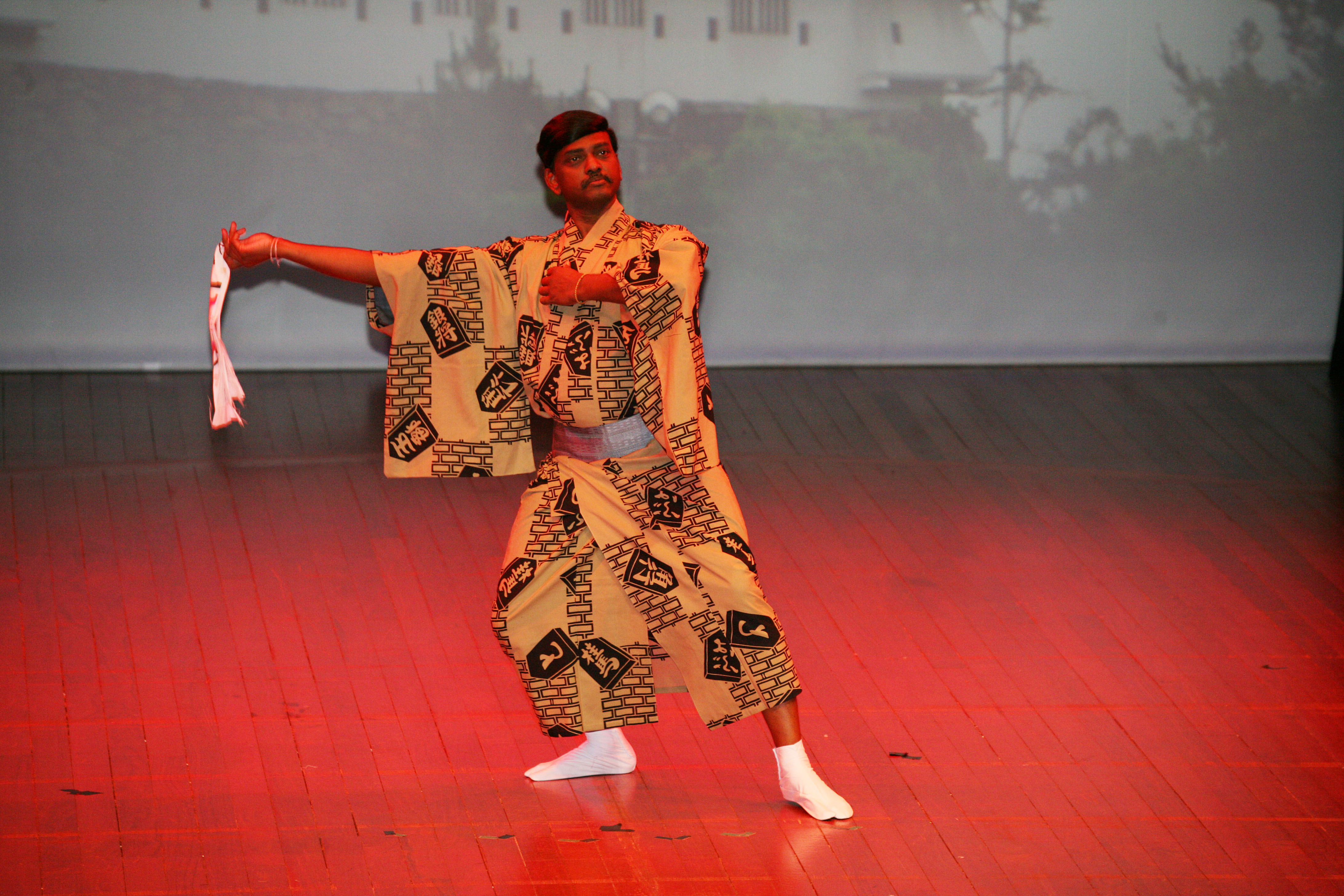 |
||||||||
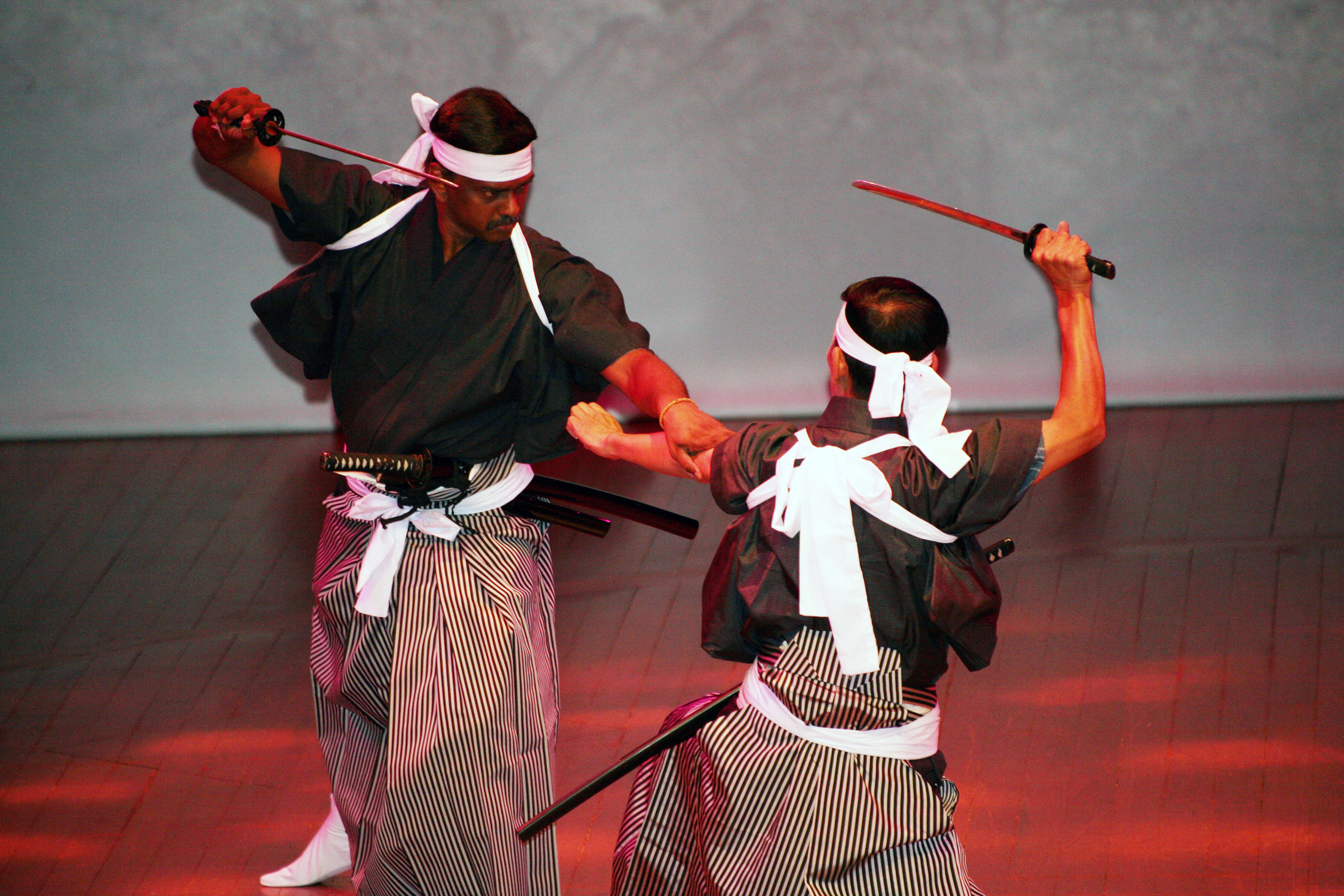 |
||||||||